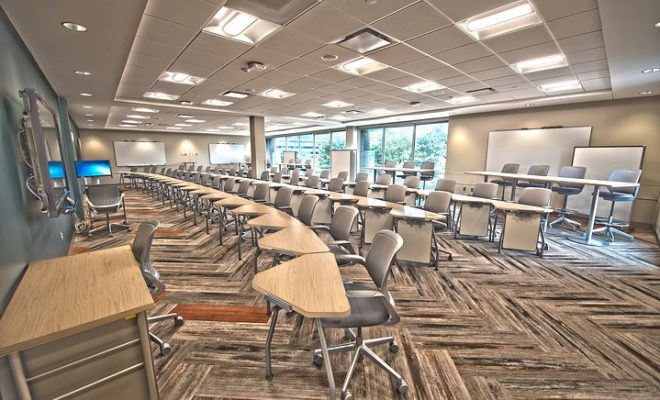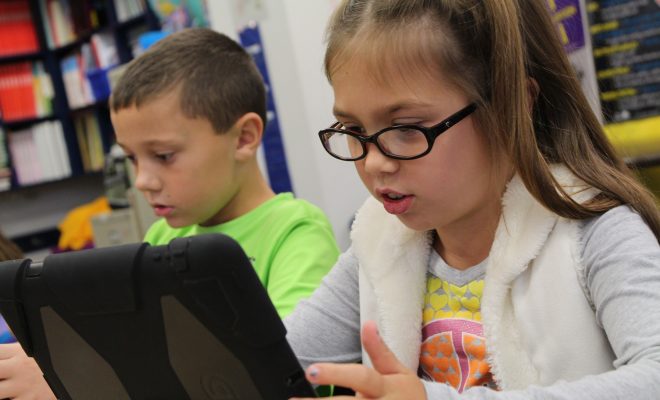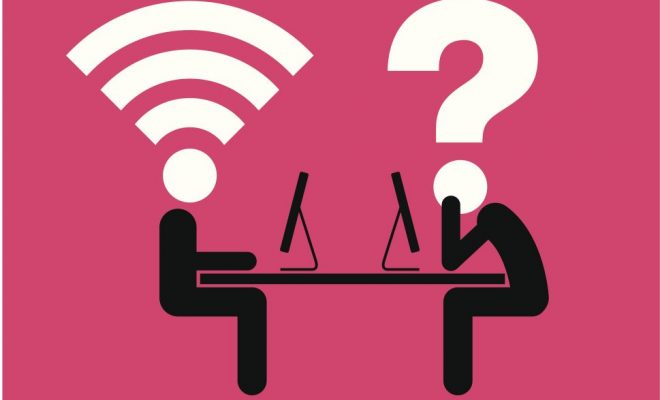7 Ways Technology Is Impacting Modern Education

Technology in the classroom can be so much more and so much better than the stereotypical cell phone going off in the middle of class. Technology can actually be a major tool, both in terms of pedagogical resources and in terms of connecting with the younger generations. But how does this work?
The top seven important concepts to understand when examining the use of technology for educational or instructional purposes include:
1) Active engagement with the learning material.
Technology is interactive, and students learn by doing, researching, and receiving feedback. This helps students become passionate about what they are learning. For example, they may study geography using interactive software such as Google Maps or Google Earth, instead of looking at a picture.
2) Use of real-world issues.
This model encourages the use of real-world problems in the classroom. By using the Internet, students can research real issues happening at that moment that are related to the classroom curriculum. This helps students understand that the lesson being taught refers to real problems and real people.
3) Simulation and modeling.
Simulation software helps to bring to the classroom real activities that would be impossible to see without technology. By using specific simulation tools, students can see planetary movements, how a tornado develops, or how dinosaurs lived. Modeling software offers similar features. Instead of the static models used in previous decades, these tools allow students to see the dynamic characteristics of models.
4) Discussion and debate boards and forums.
By using the Internet or software tools, students can create online groups, Web pages, and virtual communities that connect them in real time with students and teachers anywhere around the world. They can receive feedback from their teachers and share questions and concerns about their lessons. By listening to and reading about others’ opinions and feedback, students refine their thinking, reaching higher levels of comprehension and deeper understanding. Online communities also present the opportunity for students to interact with others around the world.
5) Working groups.
Technology-focused education doesn’t involve a class of students learning by themselves, staring at a book. Working groups foster group activities, discussions, and debates, and they encourage the establishment of democratic group dynamics.
6) Coaching.
Teachers play more of a coaching role these days. They aren’t just instructors who deliver a lesson. Rather, they support and guide student activities as coaches do. They provide feedback and coaching to the class so that students receive the appropriate information and academic training. Teachers guide students in developing skills in problem solving, research, and decision-making.
7) Formative assessment.
Teachers ensure that students are learning not only the concepts, but also how to use the technology resources they have. Technology-focused activities mostly require critical-thinking and problem-solving skills. Teachers work as facilitators, providing constant feedback, enabling students to achieve deeper levels of understanding.
Teaching is all about introducing students to a whole world of concepts that they didn’t know about yet. Technology in the classroom is like a foray into modern invention – and you get to be the expedition leader. Rather than viewing digital devices and Internet spaces as a threat to your duties, view them as unexplored areas of growth for both you and the young minds trusting you to show them what’s out there.






